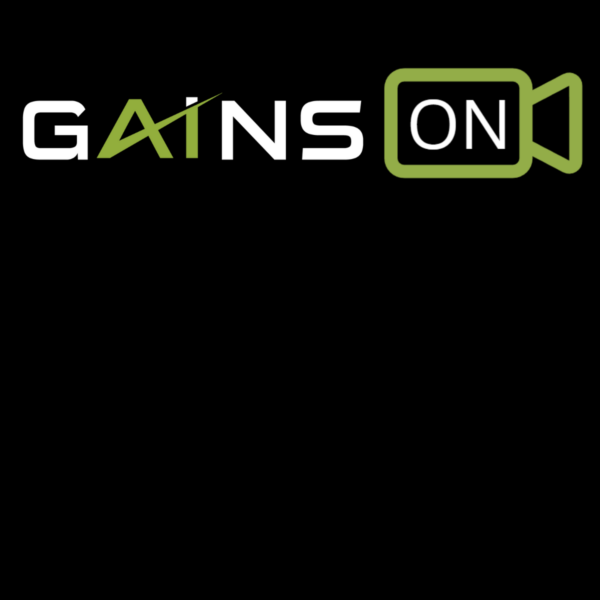(00:02): Hi, my name’s Bill Benton, I’m the co-founder of GAINSystems. Today I’ll be talking about MRO and service parts planning in this version of GAINS On.
What multi-echelon refers to is the multiple tiers in a, either distribution network or in a fleet support network. So you might have a global hub, where virtually everything’s kept, regional DCs, you could have stores or branches if you’re doing fleet service or operating bases, trucks or remote sites. So managing how broadly and deeply you wanna deploy inventory, what’s optimum, where you wanna expedite, how critical is the part, how high margin is it? These all come into play in multi-echelon inventory optimization.
(01:12): For those people dealing with repair or rotables, you have the 360 degree supply chain. What you send out comes back in and it may or may not be repairable. Managing around mobile fleets of serviced machines, selling parts to end customers. Those customers are moving the assets around often, and the demand will follow those. You may not always be made aware of that. There can be a large number of locations that are widely dispersed. As those expand, it not only multiplies the number of SKU locations, but also the question of what’s the right next to stock at each site. Dealing with an extremely large number of parts or SKUs, that sheer volume adds a lot of complexity. And moreover, those often have deeper vision change, where you might have four engineering redesigns of the same part across its lifespan.
(02:11): Unlike many other environments, usually there’s gonna be multiple parts needed to fulfill a work order or repair order, or even just a sales order because the end user needs multiple parts to perform their job. How do you manage that mix at each and every site given the frequency of demand, given the proximity of supply, and then compound that complexity with the need to look potentially across conditions of the market, whether it’s a core that it’s in need of repair, it’s unserviceable, it’s repaired, or it’s overhauled, and different customers might have different requirements for different conditions. So the optimization methodology has to consider that and try to get a near optimum mix of parts and conditions across parts where applicable. You need to do this in a financially feasible manner. So whether that’s according to a budget for an internally sourced fleet. according to profit goals if you’re selling the parts, or potentially just according to inventory turnover and other targets. So how do you reduce surplus of active inventory and also reduce or minimize obsolescence and obsolete part write-offs?
(03:29): In most cases, there’s extremely high downtime, expedite, or lost sales risks. Often the need is urgent. And if it’s not fulfilled in the most cost effective way high cost remediation is often needed. You’re often dealing with both long and highly variable supply lead times. These can be very challenging, like variable, particularly with repair, where there’s uncertainty about the turnaround time of the repair and the complexity, the availability of spare parts to perform that repair, et cetera. When you’re dealing with an OEM situation where you’re trying to provide parts to the field and end customers and your sister business unit is using those same parts producing new equipment, you’ve got competition for that supply. So one of the challenging things there is balancing and optimizing that.
(04:32): GAINS provides blended methods. Look not just at the historical demand or usage, but blend things in including fleet service information. How many units are in the field that service from this region that need to be managed? How is that fleet growing, shrinking, aging? How does that affect demand? And how can we build profiles around that? GAINS uses AI techniques like nearest neighbor, and others to say that this new part is very likely similar to these other parts where we’ve had the chance to observe, if not their full life cycle of demand, at least several cycles. How do you manage demand across different conditions? So GAINS has tools to both look at demand by condition, look at the ability to say substitute across those, and then plan for that which is optimal. We use AI tools to manage this complexity because there is no single solution, you can just get near optimum. We also combine that with bootstrap methods to determine what is the safety or what we call service doc needed for each part, particularly when you get into lumpy demand, which really breaks most traditional safety stock methodologies.
